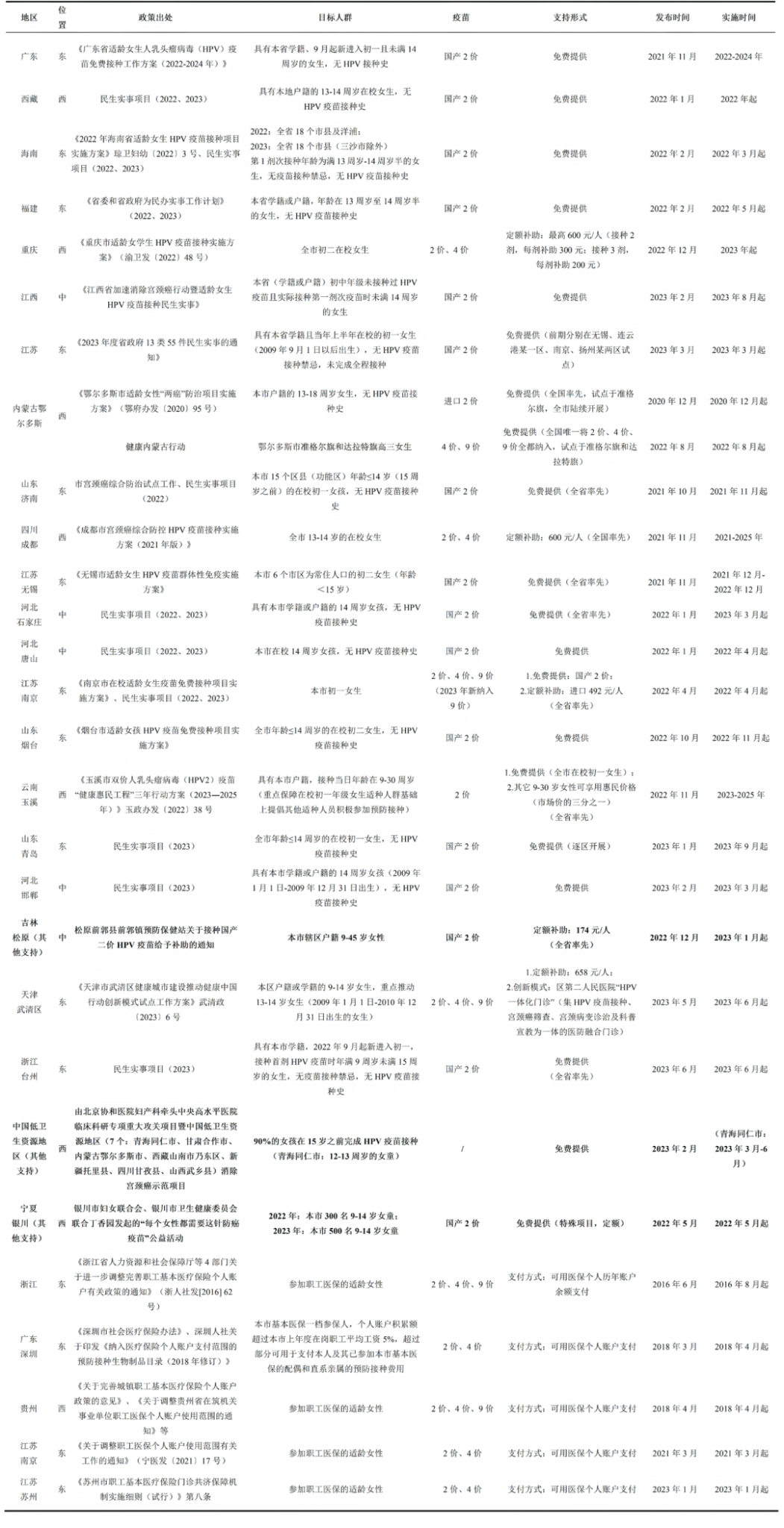On the evening of June 18, Duke Kunshan University’s Vaccine Delivery Research and Innovation Lab (VaxLab) successfully hosted its 13th thematic seminar, titled “Combating Antimicrobial Resistance: The Role of Vaccines.” The event brought together leading research experts, clinical practitioners, and public health workers, both domestic and international, to explore the critical challenge of antimicrobial resistance (AMR) and the promising role of vaccines as an effective intervention.
A Powerful Weapon Against AMR
Antimicrobial resistance occurs when bacteria, viruses, fungi, and parasites no longer respond to treatments that previously worked—leading to prolonged illness, higher mortality rates, and increased spread of difficult-to-treat infections. Its emergence and spread is accelerated by human activity, mainly the overuse or underuse of antimicrobials to treat, prevent or control infections.
Dr. Ramanan Laxminarayan, founder and president of the One Health Trust and senior research scholar at Princeton University, pointed out that “Bacterial infections claim 7.7 million lives each year—three times more than HIV/AIDS at the height of the HIV pandemic in 2002—yet global R&D investment to tackle AMR remains significantly lower than for other diseases.”
In September 2024, the United Nations General Assembly adopted a political declaration aiming to reduce deaths related to bacterial AMR by 10% by 2030, emphasizing equitable access to vaccines, medicines, and diagnostics, alongside the importance of innovative financing mechanisms.
Dr. Laxminarayan stressed that vaccines not only reduce the risk of infection but also prevent complications from secondary infections, ultimately decreasing the use—and overuse—of antibiotics.
According to a 2024 report by the World Health Organization, increasing investments in vaccines can prevent deaths caused by AMR, reduce antibiotic usage, and cut the costs associated with treating drug-resistant infections. Vaccines targeting 23 pathogens (excluding gonorrhea) could reduce global antibiotic consumption by 22% annually—equivalent to 2.5 billion defined daily doses. Globally, drug-resistant infections cost health systems an estimated $730 billion per year. Effective deployment of these vaccines could save up to one-third of AMR-related healthcare costs. While some vaccines are already available but underutilized, others require accelerated development and introduction.
Dr. Tapfumanei Mashe, AMR project coordinator and a researcher in Zimbabwe, shared the country’s experience in combating a multidrug-resistant typhoid outbreak. In 2019, Zimbabwe introduced the Typhoid Conjugate Vaccine (TCV) in a mass campaign targeting children aged 6 months to 15 years. By 2021, TCV was incorporated into the national immunization program, effectively curbing the 2018–2019 outbreak. “Data on incidence and case counts clearly show that the introduction of the vaccine not only significantly reduced typhoid infections and disease burden, but also led to a notable drop in resistance genes —thereby containing the spread of resistant typhoid strains,” said Dr. Mashe.
Expanding The Coverage of Existing Vaccines
A growing body of evidence demonstrates that currently available vaccines—such as the pneumococcal conjugate vaccine (PCV), influenza vaccine, and rotavirus vaccine—have significant potential to reduce infection rates and the use of antibiotics across populations.
Dr. Ramanan Laxminarayan stated that “Many vaccines in development show great promise in combating antimicrobial resistance (AMR), but expanding the use of vaccines that are already available may have a greater immediate impact.”
For example, after the introduction of the 7-valent pneumococcal conjugate vaccine (PCV7) in the United States, there was a significant reduction in both antibiotic prescriptions and outpatient visits. Besides, prescriptions for antibiotics to treat acute otitis media—a common pneumococcal infection—dropped from 1,244 to 722 per 1,000 person-years, a 41.9% reduction.
A 2020 article published in Nature estimated that, at current coverage levels, PCV10/13 and rotavirus vaccines prevent approximately 37.4 million cases annually in children under five that would otherwise require antibiotic treatment. Moreover, increasing vaccine coverage in regions where these vaccines have already been introduced—and rolling them out in countries where they are not yet in use—could prevent an additional 40 million such cases per year.
In China, research on the role of immunization in addressing AMR is still relatively limited. Dr. Jingwen Ai, Associate Researcher at the Department of Infectious Diseases at Huashan Hospital and Director of the National Network Laboratory for Infectious Diseases, presented updates on China’s pediatric respiratory infection surveillance network. She also shared preliminary findings on pneumococcal resistance from a real-world study (HAPEC) conducted within this network.
Dr. Laxminarayan reiterated in his closing, “Vaccines are among the most effective tools in combating antimicrobial resistance. They require no behavioral change and, in many cases, no major shifts in health policy. As long as immunization can prevent infection, we can reduce the disease burden driven by antibiotic resistance.”
—————————
Relevant Information
Estimating the impact of vaccines in reducing antimicrobial resistance and antibiotic use: technical report. Geneva: World Health Organization; 2024. Licence: CC BY-NC-SA 3.0 IGO
https://www.who.int/publications/i/item/9789240098787
The Lancet Series on Antimicrobial Resistance: The need for sustainable access to effective antibiotics





